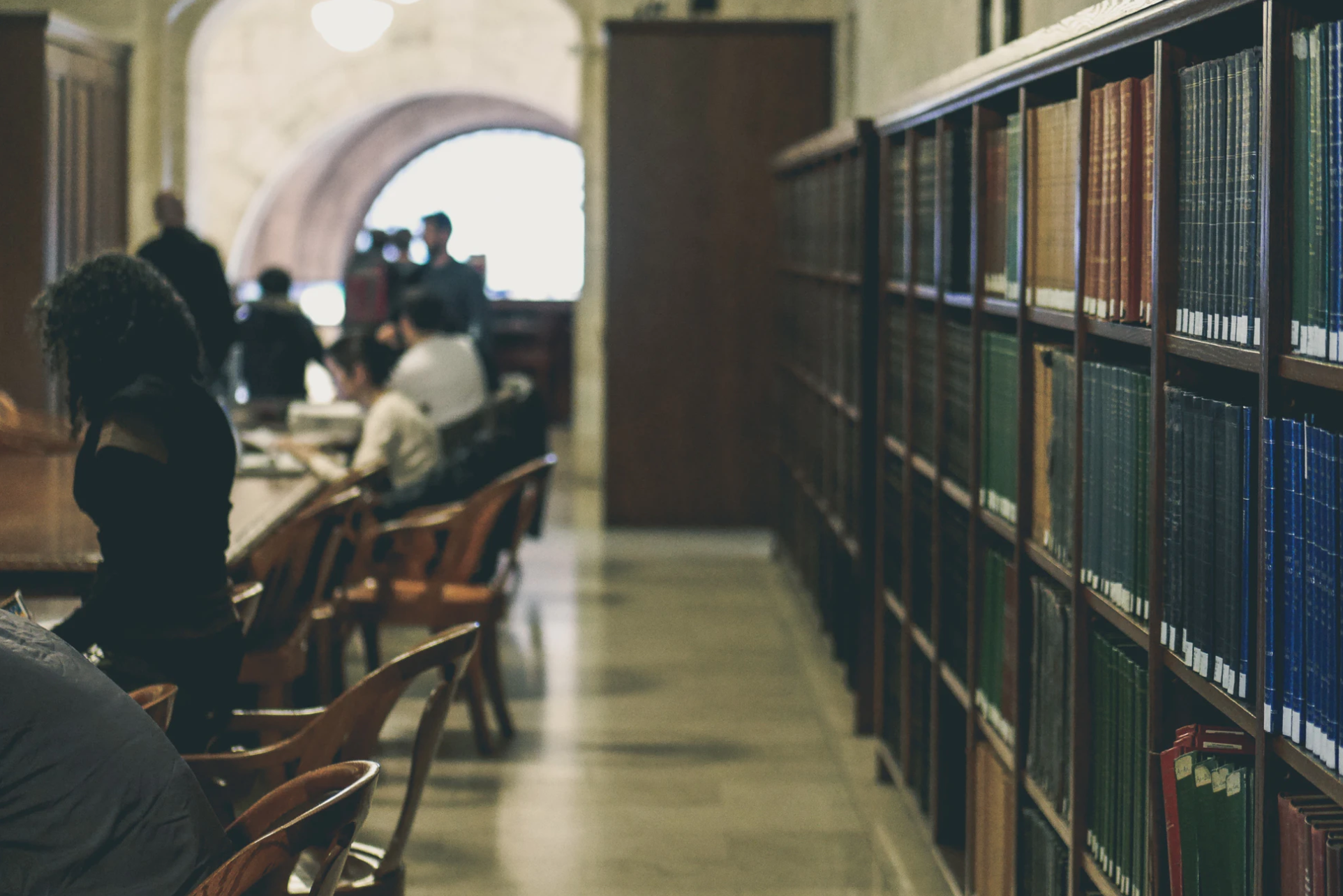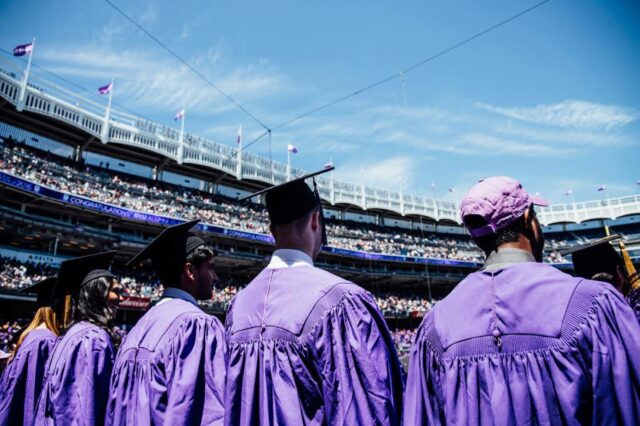By Nia Beresford
The American higher education system is not working. It’s clear that fixing this system is a priority for liberal leaders who want to remove barriers to school and maximize the number of Americans who receive a college education. Higher education, particularly the cost of it, is an important issue in the 2020 presidential race and democratic members on the House Committee on Education and Labor just introduced the College Affordability Act. The issues that politicians are trying to solve through the passage of this legislation include staggering tuition costs, crushing student loan debt, and predatory practices of for-profit colleges. These leaders believe that fixing these issues around affordability is a way to create more access and equity.
Postsecondary education is seen as the key to upward mobility for first generation and low income students. As more pre-college and college readiness programs arise, more underserved students are applying to and attending college. The political focus has been on the affordability of college, but so many important details are missing from this conversation. Not many politicians seem to be talking about the other resources students need to get to and through college. It is not merely enough to just get students through the door. While the price of college has been linked to some students’ ability to stay in school and graduate, it is not the only reason why some students struggle to persist. Their struggles start before they even step foot on a college campus.
As a college counselor to mostly low income, first generation, and sometimes undocumented high school students of color, I’ve seen firsthand just how perplexing the college planning and application process can be for these students and their parents. I try to be thorough and simplify things as much as possible, but the jargon and multiple applications, websites, usernames and passwords can be overwhelming for a seventeen year old student. Many public high schools rely on guidance counselors as the voice on college, but many of them are not equipped to do this work. School counselors have overwhelming caseloads, and college counseling is the not the job they are trained to do. Some schools form partnerships with community based organizations to bring in college counselors like myself. But, this is not foolproof: I have colleagues working at high schools with over five hundred seniors. Even with additional counselors, there’s no way that all of those students can receive the individual college counseling they need.
Moreover, college counselors only focus on the logistical aspect of college readiness. Counselors can teach a student everything there is to know about FAFSA or different types of colleges, but if that student has a barely passing average or is dealing with abuse or poverty, college counselors can’t do much to address that. In many ways the job of secondary school educator is like operating a conveyor belt, we’re pushing kids through. While their initial intentions are great, many college access organizations and high school principals place a huge emphasis on numbers and data. The clear message is to get as many students as possible to graduate high school, apply to college, and to commit to a school they’ve been accepted to. A casualty of this is that we’re sending underprepared students to colleges that are also not always prepared to support them.This system is potentially sending young adults off to college who are not academically, emotionally, or mentally ready to be there. While reading college personal statements I’m always astonished to see the low quality of writing of some students, and I question how they will be able to write a college essay. In my advisement sessions with students I see that many don’t have some of the basic life skills that they need to function and thrive in college. Unfortunately, I know of too many instances of students not returning after their freshman year or graduating. While being able to afford college certainly combats one of the burdens that may cause students to drop out of college, it doesn’t address issues around academic unpreparedness and the mental and emotional stress that college can create or intensify.
We already have examples of tuition free college in some community colleges. Many low performing and low income students attend community college; its cheap tuition and low admissions criteria makes it accessible. But the completion rate for community college is dismal; the National Center for Education Statistics shows that only 28% of students earn their desired degree in four years. I’m not arguing against the fact that tuition is too expensive and that loans are a huge problem. However, there ought to be as much concern about the non-financial obstacles that underserved students face. What good is more access to higher education if students cannot succeed once they matriculate? The K-12 system must be improved to send better equipped students to college. Affordable college is just one part of a multifaceted struggle around college success.
Nia Beresford is in her final semester as a student in NYU Steinhardt’s Higher Education and Student Affairs masters program. Her professional background is in volunteer management, community engagement, mentoring and college access counseling for underserved New Yorkers. She currently works in career development for undergraduate students.




